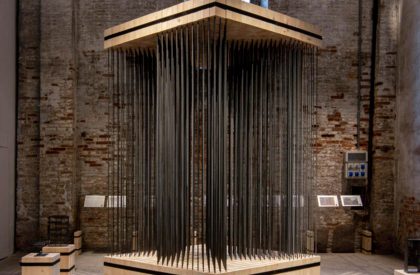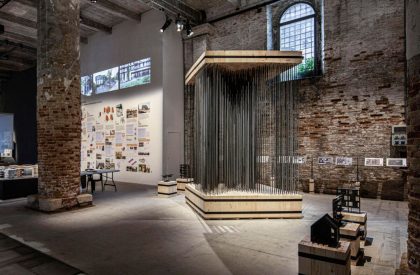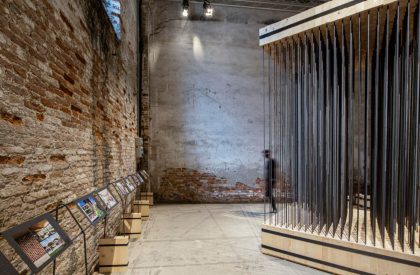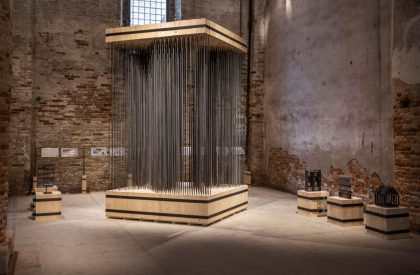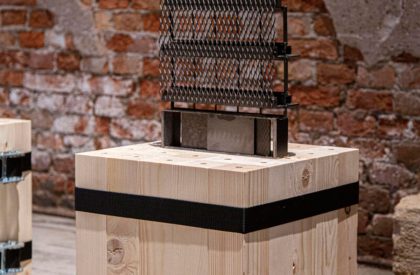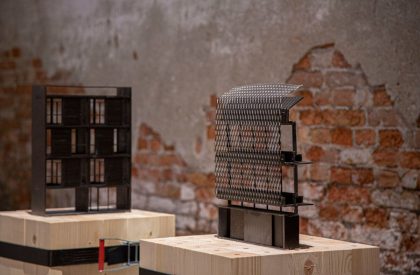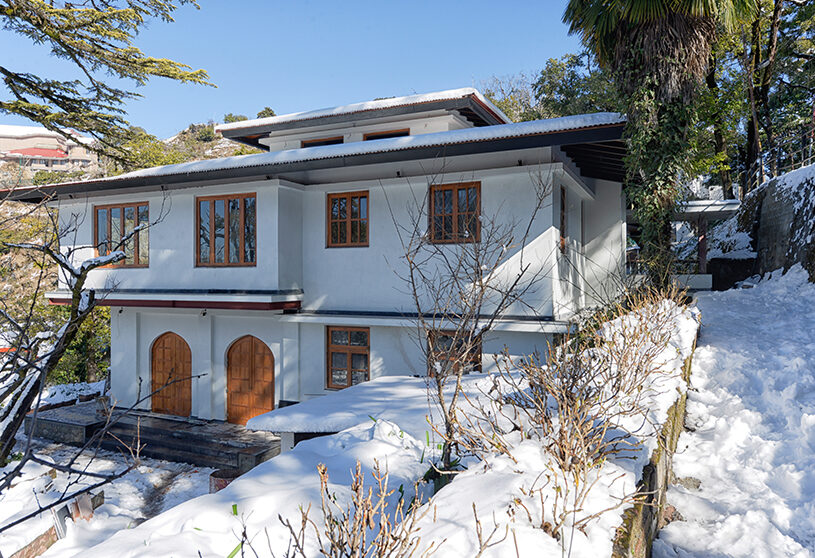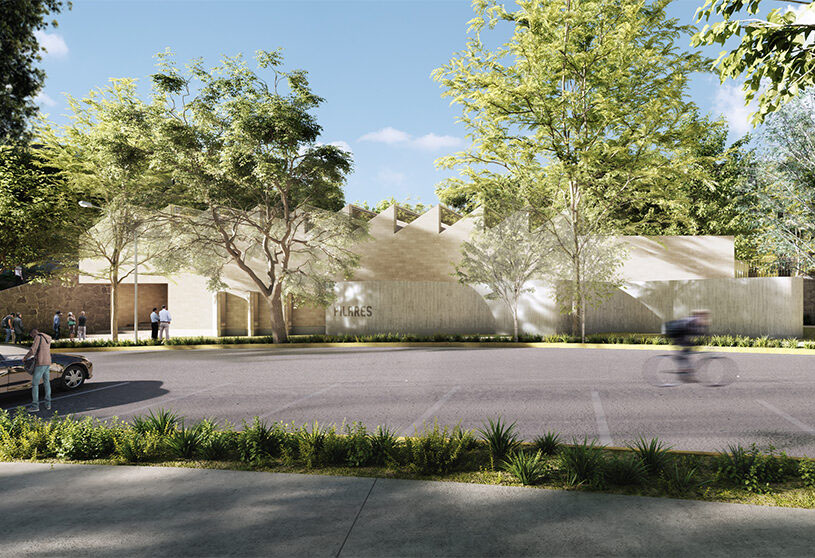Photo Courtesy: BAAG
BAAG (Buenos Aires Group Architecture) has been invited to the 17th International Architecture Exhibition – La Biennale di Venezia, curated by Hashim Sarkis under the theme, “How will we live together?” In the distances and physical limits that separate people from each other, BAAG finds spaces. These spaces are those which, according to their qualities, can bring people closer together or drive them apart, meet or divide them. In these transitions the studio finds new spatial agreements.

BAAG reviewed their work and ongoing research in order to discuss how and with what materials architecture is being built. They set out to observe how architectural elements mediate between people and things, exterior and interior, the natural and the artificial, the human and the non-human. They ask: “how do material relationships involve interactions with the other?” From their local South American context, BAAG investigates the ways in which these types of envelopes are constructed.

BAAG’s contribution to the 17th International Architectural Exhibition – La Biennale Di Venezia evokes the potential, availability, and technical possibilities of materials. As a result of these concerns, the installation becomes an Architecture of Transitions that consists of one device and five models, which portray fragments of the envelopes of five housing projects: Araoz, Casa Scout, Casa Rodney, Juana Azurduy and Una Casa. 400 strapped wooden blocks serve as support for a series of iron bars that generate a transitional grid space, proposing different degrees of approach and visual contact.
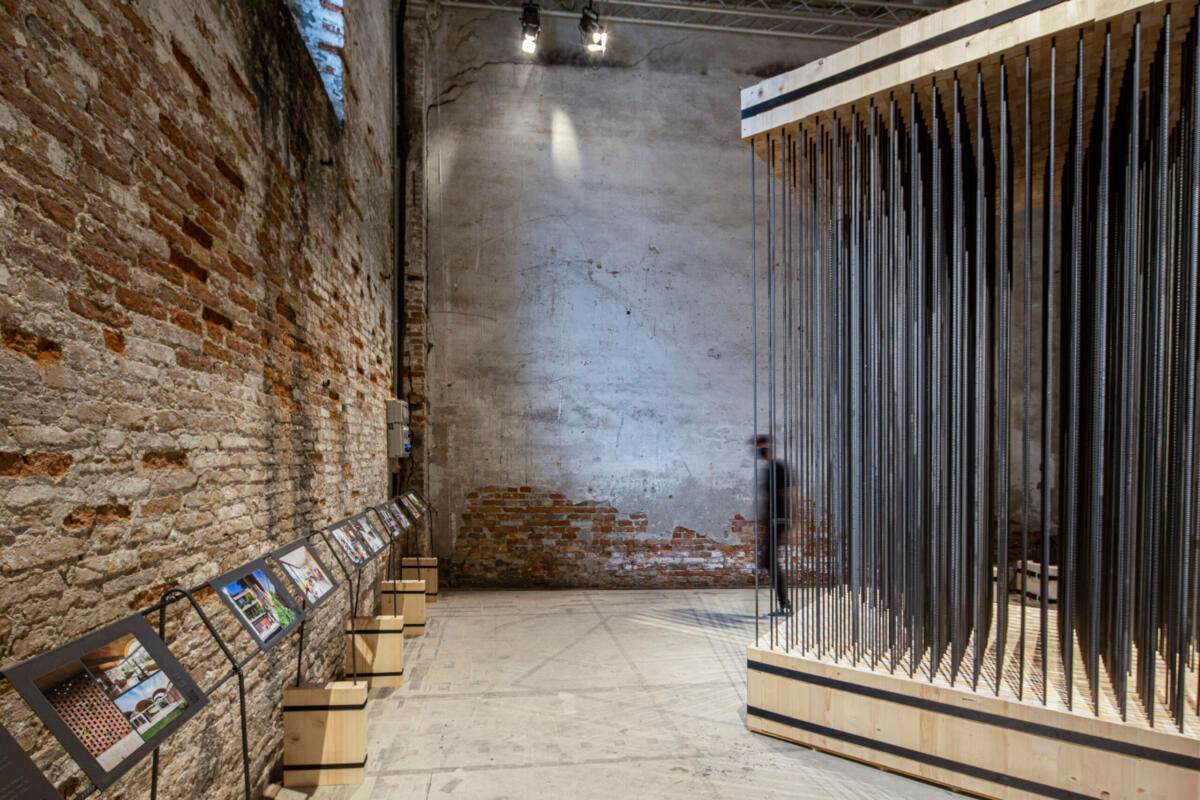
The installation explores these spaces reflecting on the types of links they produce. In the housing projects Araoz 967, Casa Scout, Juana Azurduy 1635, Casa Rodneyand Una Casa BAAG set out to materially explore limits and transitions, to investigate how the material configures the spatial, and how the spatial generates new relationships and bonds. The five sections that they present in the models define different levels of approximations and appropriations for the users. Each one materializes through technological explorations designed to create certain conditions for encounters. BAAG is interested in rethinking the ways in which people inhabit their homes and how architectural agencies can promote better relationships between them.
ABOUT BAAG
BAAG, Buenos Aires Arquitectura Grupal based in Buenos Aires, Argentina, is an office that seeks to employ collective work to offer a contribution to the discipline, understanding architecture as a practice and an opportunity to build critical thinking. The office is directed by Griselda Balian, Gabriel Monteleone and Gastón Noriega, architects from the Department of Architecture, Design and Urbanism at the University of Buenos Aires, where they work as professors. BAAG has carried out institutional and housing projects, research projects, cultural facilities and public competitions, obtaining prizes and mentions, such as the first prize for preliminary projects for the re-functionalization of the 2021 Independencia de Bahia Blanca Park, the first SCA-CPAU award for work done 2014, the first national award for sustainable architecture 2015 by the SCA, the nomination for the Mies Crown Hall Arch Prize (MCHAP) from the Illinois Institute of Technology, Chicago, the CA`ASI “Young Architects in Latin America” award, Collateral Event of the 16th International Architecture Exhibition – La Biennale di Venezia, the first prize at the 2014 Armenian Architecture Biennial, and the Bonifacio del Carril Prize from the Academy of Fine Arts, among other mentions. BAAG has been invited to give conferences, participate in panels and workshops in national and international institutions and universities.




